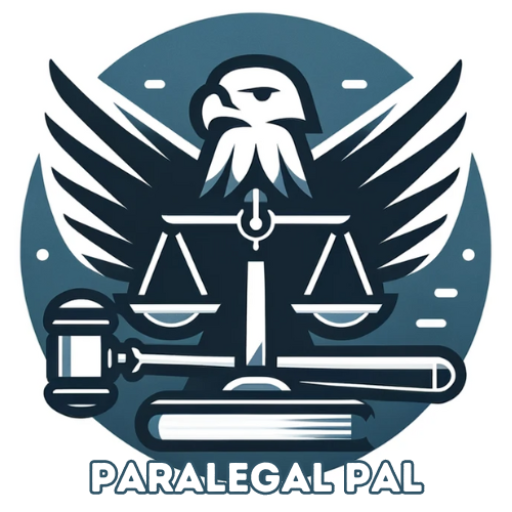GPT literature and social media-AI-powered assistant for literature and social media.
AI-powered insights for literature and social media.
Summarize this paper:
Create a LinkedIn post about:
Generate a Twitter thread on:
Design a graphic for:
Related Tools
Load More
Literature Review GPT
Engaging, friendly guide for academic literature reviews using research question or topic

Cite GPT
A GPT that generates and compiles citations into documents in styles like MLA, APA.

GPT Academic Paper (Experimental)
Writes an academic paper from a dataset

GPT Academic
Now with code interpreter and Wolfram for advanced research.

Research GPT
Your go-to source for well-researched information!

Blog Topic Suggesting Custom GPT
This Custom GPT uses an advanced structure to identify topic gaps, using your blog posts sitemap in order to ensure that you are not repeating any topics.
20.0 / 5 (200 votes)
Introduction to GPT Literature and Social Media
GPT Literature and Social Media is a specialized AI designed to assist users in understanding, analyzing, and engaging with literature and social media platforms. The primary functions include generating detailed summaries, providing critical analyses, and offering guidance on best practices for social media usage, especially for academics and professionals. For instance, GPT Literature can help break down complex academic texts into more digestible content for wider audiences, while the social media component can guide users on how to effectively engage with platforms like Twitter to promote their research or personal brand.

Main Functions of GPT Literature and Social Media
Text Summarization
Example
Summarizing a dense research paper into key takeaways.
Scenario
An academic can use this function to quickly grasp the essentials of a new publication without having to read the entire paper, allowing them to stay updated in their field more efficiently.
Social Media Strategy
Example
Advising on the optimal use of Twitter for sharing research.
Scenario
A scientist can use this guidance to create engaging tweets about their research findings, increasing visibility and fostering connections within their academic community.
Critical Analysis
Example
Providing a critical review of a piece of literature.
Scenario
A student or researcher could use this to gain deeper insights into a novel or academic work, helping them develop their own critical perspectives and supporting their academic writing.
Ideal Users of GPT Literature and Social Media
Academics and Researchers
These users can greatly benefit from the summarization and critical analysis tools, which help in managing large volumes of academic literature and staying informed about the latest research in their field.
Social Media Managers and Influencers
For those managing personal or organizational social media accounts, this tool provides strategic insights on how to craft effective content, particularly on platforms like Twitter, to enhance engagement and grow their audience.

How to Use GPT Literature and Social Media
Visit aichatonline.org for a free trial without login, no need for ChatGPT Plus.
Access the website directly to start using the tool. No signup or payment is required to begin.
Define your purpose and objectives.
Clarify what you aim to achieve with GPT—be it academic research, content creation, or social media engagement. This will guide your interaction with the tool.
Input your query or task description.
Enter detailed instructions or questions related to your literature review, writing, or social media strategy. The more specific your input, the more tailored the output.
Review and refine the generated content.
Carefully assess the results provided by the GPT. Make edits or request further clarifications to ensure accuracy and relevance.
Apply and share the output effectively.
Use the refined content for your projects, whether that’s drafting papers, planning social media posts, or generating ideas. Ensure it aligns with your goals.
Try other advanced and practical GPTs
CBT GPT
AI-powered Cognitive Behavioral Therapy

SwiftUI GPT
AI-powered SwiftUI development assistance

Thinking Partner
AI-Powered Insights for Clear Thinking

Data Profiling
AI-Powered Data Profiling for Deep Insights

AI Wrapper Business Pivoter
Pivot your business with AI insights.

ZeoGPT
AI-powered SEO Optimization Tool

Best Man Speech Buddy
Craft Your Perfect Best Man Speech with AI.

Resume Builder
AI-Powered Resume Perfection.

Paralegal Pal
AI-powered legal compliance and auditing.

Language Coach
AI-powered language coaching for optimal learning.

Insurance Copilot
AI-powered insurance guidance

Coloring Page Creator
AI-powered Custom Coloring Pages

- Academic Writing
- Content Creation
- Social Media
- Trend Analysis
- Real-time Engagement
Common Questions about GPT Literature and Social Media
What are the primary applications of GPT in literature and social media?
GPT can be used for academic writing, literature review summaries, social media content creation, trend analysis, and generating engaging posts. It serves as a versatile tool across these domains.
How does GPT assist in academic writing?
GPT can help by drafting outlines, generating text based on prompts, summarizing sources, and providing stylistic suggestions. It's particularly useful for brainstorming and overcoming writer's block.
Can GPT be used for real-time social media engagement?
Yes, GPT can generate responses, create posts, and analyze trends in real-time, making it a valuable tool for managing social media accounts and engaging with followers.
Is GPT suitable for non-English content creation?
While GPT is primarily optimized for English, it can handle content in other languages to varying degrees. However, for high-quality non-English content, additional refinement may be necessary.
What are the best practices for using GPT in social media management?
For effective use, define your audience, set clear goals, and use GPT to draft content that aligns with your brand voice. Regularly update and refine your prompts based on feedback and analytics.